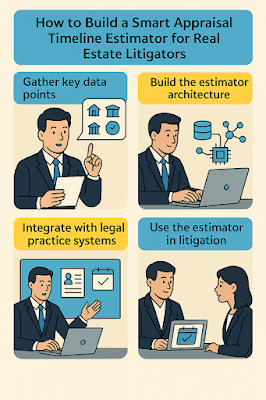How to Build a Compliant Carbon Credit Marketplace Platform

How to Build a Compliant Carbon Credit Marketplace Platform Building a carbon credit marketplace that meets compliance standards is a complex but rewarding endeavor. In this guide, we'll explore the essential components and considerations for developing such a platform. From understanding regulatory frameworks to implementing robust technical architectures, this guide aims to provide a comprehensive overview. Table of Contents Understanding Carbon Credit Markets Regulatory Frameworks and Standards Key Features of a Compliance Platform Technical Architecture and Security Integration with Registries and Verification Bodies User Interface and Experience Conclusion Understanding Carbon Credit Markets Carbon credit markets are mechanisms that allow entities to trade credits representing the reduction of greenhouse gas emissions. There are two primary types: compliance markets, which are regulated by governments, and voluntary markets, which are...










